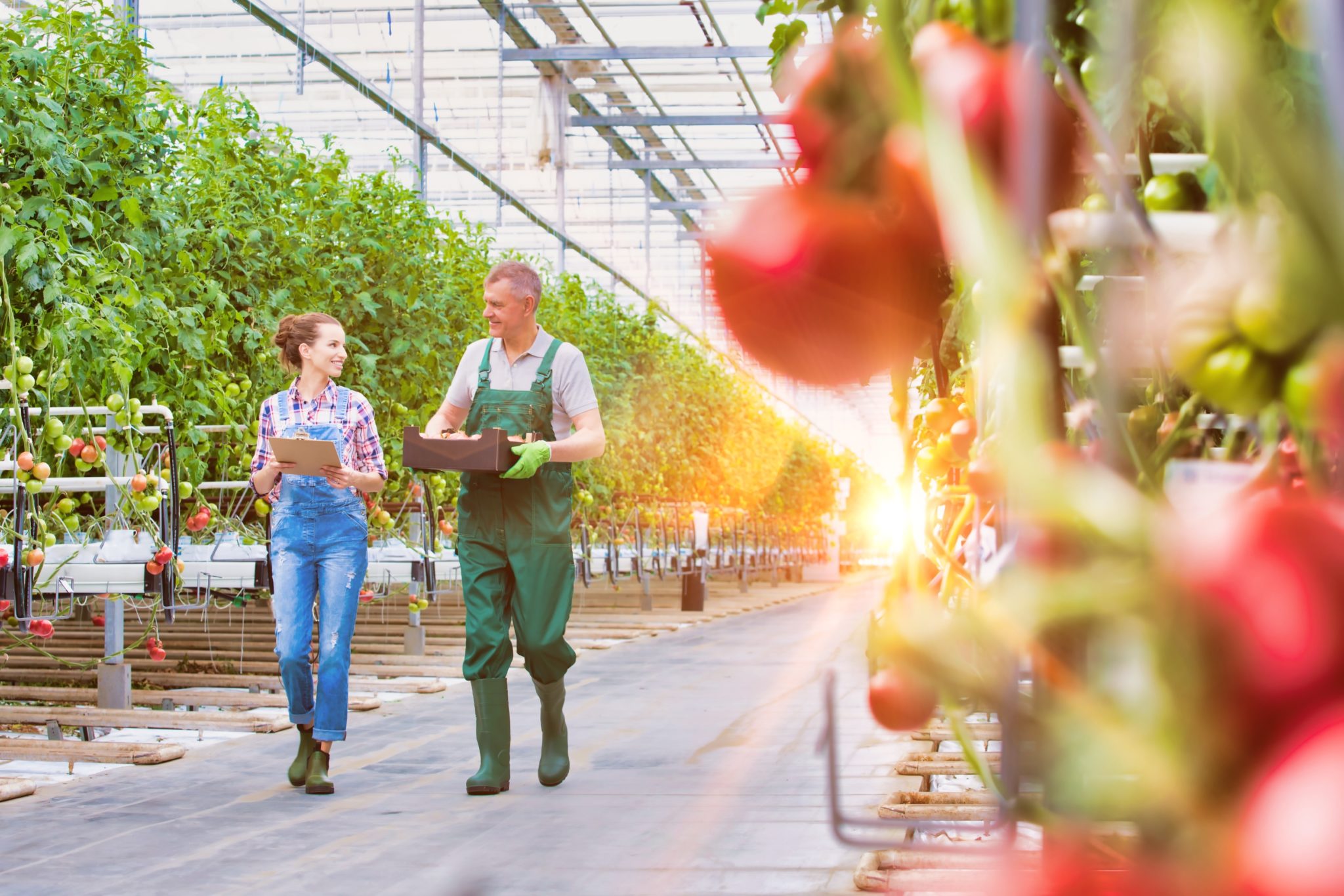Greenhouse horticulture is currently facing various challenges that lead to less income, including lower yields and lower crop quality. In addition, costs are rising due to food and environmental regulations, and the increase in price of resources like materials, labor, and energy. The increase in the price of energy has recently become extremely evident and is affecting greenhouse horticulture disproportionately. So, how can the Internet of Things (IoT) help to reduce expenses?
IoT to the rescue
Farmers working in greenhouse horticulture have several options to increase yields, reduce costs and improve crop quality:
- To increase yields, IoT can, for example, help with preventing or reducing crop stress and crop loss.
- To reduce costs, IoT can, for example, enable an efficient use of resources including irrigation water, energy, manual labor, and fertilizers or pesticides.
- To improve crop quality, IoT can, for example, help find the precise feeding recipe for optimal crop nutrition and enable timely crop management.
Addressing the challenge of environmental legislation
Environmental legislation is increasingly constraining some agriculture sector practices which are deemed unsustainable. Legislation regarding the use of chemicals (such as fertilizers) and other plant protection products aimed at preventing pollution is particularly constraining if the right tools or support systems are not in place. The Netherlands has first-hand experience with legislation aimed to address nitrogen-based pollution, which also calls on farmers to help conserve the environment.
New agricultural practices can be costly without the right tools, and if support or compensation is not sufficient to subdue the costs, it is important to reduce them by applying best practices and using smart innovations.
“IoT systems enable a lot of cost-saving including
in nutrition materials, resources and manpower.”
Addressing the challenge of Energy use
Climate management and artificial lighting represent the biggest costs for indoor farmers. By dealing with this in a smart way, farmers can save considerable costs.
Greenhouses tend to set their climate to a default temperature, humidity, and CO2-level, which is more expensive than needed and ends up leading to climate variations in distinct parts of the greenhouse. In short, some places in the greenhouse are too hot and some have too much CO2, which is a waste of energy.
With an IoT system that uses several low-cost sensors, farmers can measure humidity, CO2-levels, and temperature in a localized way. Until now, regulating these factors locally was difficult, but with the development of low-cost smart sensors it is now a possibility. Just imagine, if you start regulating the climate locally, you could use dehumidifiers in a targeted manner and ventilating —as a practice to let heat escape— would be needed less (or not at all). IoT can help you manage the temperature to make it more homogeneous throughout the greenhouse, and thus waste less energy.
“With IoT, you can save energy and thus
decrease your costs and footprint.”
Furthermore, in many greenhouses the light is on full-time, which is a waste during days when the sun shines more brightly. For those cases, some greenhouses use dimmable lightning to reduce energy consumption, but this solution only allows them to regulate the lightning for the entire greenhouse. With IoT, the light regulation can be localized (including at plant level) to provide each unit with the exact amount of light required for optimal growth, which also leads to energy conservation.
The time is now
The agriculture sector will increasingly have to rely on technological innovations because, on the one hand, energy is becoming increasingly expensive, and, on the other hand, the environmental directives from the EU are becoming stricter. Fortunately, (IoT) technology is becoming even smarter, more accessible, and cheaper, creating more and more possibilities.
More information
Send us an email to info@evalan.com.
Or book a meeting with us here.

